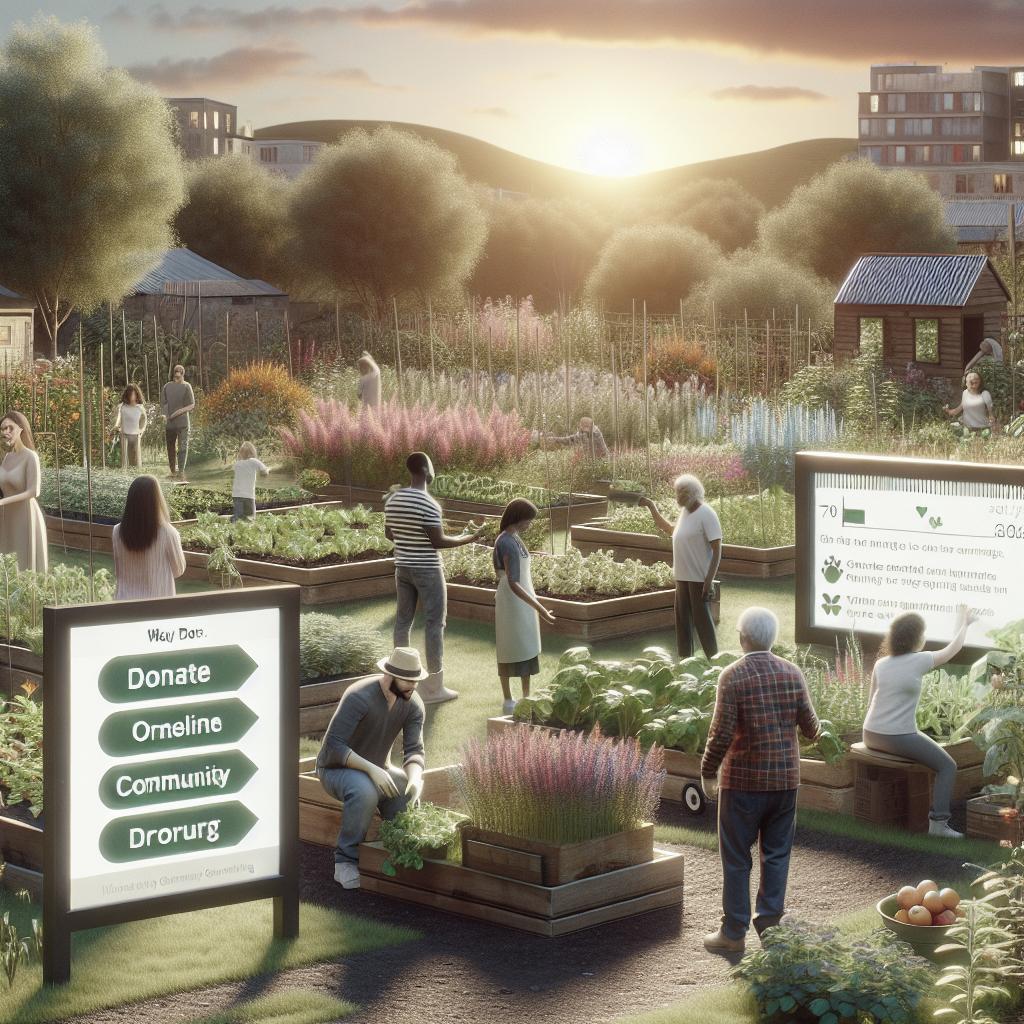Growing leafy greens in community gardens can be a rewarding and enriching experience for both seasoned gardeners and beginners. This guide will help you navigate the choices and methods involved in cultivating a lush and productive garden space. We will explore the debate on whether to till or not, discuss the elements of a no-till gardening plan, outline steps for those who decide not to till, and provide seasonal care tips to ensure your leafy greens thrive. By following these strategies, your community garden can become a sustainable and bountiful oasis.
To Till or Not to Till?
The question of whether to till or not can be a significant one for community gardeners. Tilling, which involves turning and aerating the soil, can seem like an obvious first step for many. It breaks up compacted soil, incorporates organic matter, and can help prepare planting beds quickly. However, it also comes with its downsides, such as disrupting soil microorganisms, increasing erosion, and potentially aiding weed growth. Conversely, no-till gardening aims to maintain the natural soil structure, enhance soil microbiome health and reduce weed problems over time. No-till methods focus on layering organic materials on top of the soil, mimicking natural processes that build healthy ecosystems without disturbing the soil’s intricate layers. Deciding whether to till or not largely depends on your specific community garden’s needs, existing soil conditions, and long-term garden goals. Ultimately, both methods can yield lush, leafy greens. Understanding the pros and cons of each approach will help you make an informed choice, ensuring that your community garden thrives season after season.
If You Decide Not to Till
Choosing the no-till approach can offer numerous benefits, particularly in a community garden setting. It eliminates the labor-intensive work of tilling, preserves soil structure, and nurtures the beneficial organisms that contribute to healthy plant growth. No-till gardening relies heavily on mulching and layering organic materials, which protects the soil from erosion and improves fertility over time. To get started with no-till gardening, the first step is to lay down a thick layer of organic matter, such as compost or rotten leaves, to cover the existing soil. This layer will act as a barrier, suppressing weeds and retaining moisture. Over time, as it decomposes, it enriches the soil with essential nutrients. This method is particularly effective for leafy greens, which require nutrient-rich, well-draining soil for optimal growth. Another key component of no-till gardening is crop rotation. Rotating your crops each season helps prevent the buildup of pests and diseases and improves soil health. For example, you can follow a leafy green crop with legumes, which help fix nitrogen in the soil, benefiting future plantings. By carefully planning your planting strategy and utilizing organic matter, you can cultivate a thriving, no-till garden.
Elements of a No-Till Plan for Your Existing Vegetable Garden
Transforming an existing garden into a no-till garden involves thoughtful planning and execution. The first element to consider is soil preparation. While you won’t be tilling the soil, it’s essential to enhance its fertility before adopting the no-till method. Applying a thick layer of compost or well-rotted manure will provide the nutrients necessary for healthy plant growth. Next, think about mulch. Mulching is a core principle of no-till gardening. Materials such as straw, wood chips, and grass clippings can be used to cover the soil, conserving moisture and reducing weed growth. When layering mulch, ensure it’s sufficiently thick – about three to four inches – to be effective. Over time, the mulch will break down, further enriching the soil. Lastly, utilize cover crops during off-seasons. Cover crops like clover or rye can be grown and then cut back before they set seed. The cut plant material serves as a green manure, providing organic matter and suppressing weed growth. This practice ensures that the soil remains covered and nourished throughout the year, creating a fertile foundation for your leafy greens.
Seasonal Care for No-Till Vegetable Gardens
Seasonal care is vital for maintaining a productive no-till vegetable garden. In spring, as you prepare to plant your leafy greens, ensure that your mulch layer is intact and that the soil beneath is moist and crumbly. Direct seed your leafy greens into small cleared areas within the mulch or transplant young plants for a head start on the growing season. During the summer, monitor moisture levels closely, especially as temperatures rise. The mulch layer will help retain moisture, but during particularly dry spells, you may need to supplement with additional watering. Regularly check for pests and diseases, which can be managed with organic solutions or by attracting beneficial insects to your garden. As the growing season comes to an end in fall, think about preparing your garden for winter. Add an additional layer of mulch to protect the soil from harsh winter conditions. Plant cover crops to keep the soil active and fertile. By consistently applying these practices, your garden’s soil will remain healthy, ensuring the continued success of your leafy greens year after year.
Summary of Main Points
“`html
| Aspect | Details |
|---|---|
| To Till or Not to Till? | Weigh the pros and cons of tilling vs. no-till methods to maintain soil health and structure. |
| If You Decide Not to Till | Utilize organic matter and crop rotation to enhance soil nutrients and suppress weeds. |
| No-Till Plan Elements | Employ compost, mulch, and cover crops to create a fertile and sustainable gardening environment. |
| Seasonal Care | Adapt your care routines seasonally to maintain soil health and optimize leafy greens growth. |
“` By following these guidelines, community gardeners can successfully grow leafy greens using either tilling or no-till methods, promoting both productivity and sustainability in their garden spaces.


